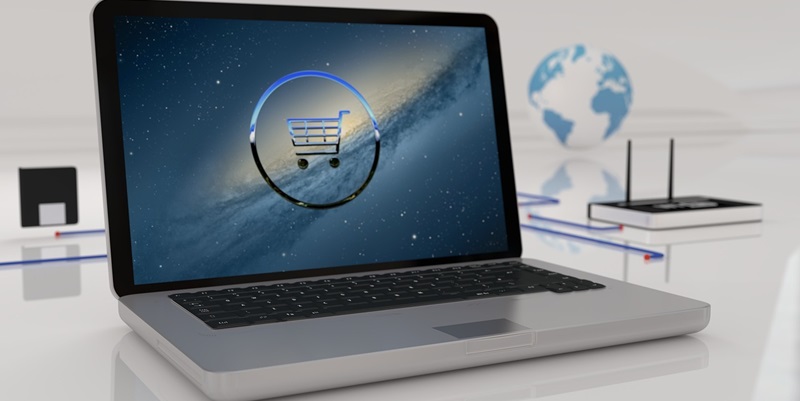The world of commerce has witnessed a remarkable shift towards digital platforms, with online shopping becoming increasingly ubiquitous. As consumers embrace the convenience of purchasing products and services from the comfort of their homes, the need for secure and efficient payment processes has become paramount. This is where payment gateways come into play, serving as crucial intermediaries that facilitate smooth and protected transactions between consumers and businesses.
The role of payment gateways in securing and transmitting payment data
Payment gateways act as a vital interface between customers, merchants, and financial institutions, ensuring the safe and encrypted transmission of payment data. By employing advanced security protocols, these gateways protect sensitive financial information, such as credit card details, from unauthorized access. Through mechanisms such as Transport Layer Security (TLS) encryption, payment gateways make it virtually impossible for hackers to intercept and decipher user data, thereby maintaining the security and integrity of transactions.
Evolution of payment gateways to support various payment methods
Initially focused on processing credit card payments, payment gateways have evolved in response to consumer demands and technological advancements. In today’s era of diverse payment options, these gateways have adapted to support a multitude of payment methods. From digital wallets like PayPal and Apple Pay to mobile payments via apps like Google Pay and Samsung Pay, payment gateways have integrated seamlessly with various platforms, providing customers with a plethora of choices to complete transactions effortlessly.
Features and functionalities of modern payment gateways
Modern payment gateways have undergone significant transformations, offering a wide range of features and functionalities to meet the evolving needs of businesses and consumers. Beyond traditional credit and debit card processing, these gateways facilitate e-wallet transactions, bank transfers, and even newer forms of digital currencies like cryptocurrencies. By seamlessly integrating with different payment systems, they ensure quick and hassle-free payments, enhancing customer experience and satisfaction.
The use of encryption and tokenization techniques for protecting sensitive information
The critical aspect of any payment gateway is the adoption of robust security measures to safeguard customer data. Encryption plays a pivotal role in ensuring the confidentiality of sensitive information. By converting the payment data into an unreadable code, encryption makes it extremely challenging for unauthorized parties to access and decipher the data. In addition, payment gateways leverage tokenization techniques, replacing the actual payment details with unique identifiers, further bolstering security.
The future of payment gateways
Looking ahead, the future of payment gateways lies in providing seamless and personalized payment experiences for consumers. With advancements in technology, the integration of artificial intelligence (AI) and machine learning (ML) will further enhance these gateway’s capabilities. AI-powered algorithms can analyze user data to offer tailored payment recommendations, helping consumers make informed decisions. Additionally, ML algorithms can detect fraudulent activities and identify patterns, providing enhanced security for customers and businesses alike.
Integration with emerging technologies such as artificial intelligence and machine learning
The integration of emerging technologies like AI and ML will revolutionize payment gateways, opening up new avenues for innovation. AI-powered chatbots and virtual assistants can offer real-time support, guiding customers through the payment process and addressing their concerns. Moreover, ML algorithms can detect anomalies in payment patterns, alerting businesses to potential fraud attempts, and enhancing the overall security of transactions.
Advancements in security and efficiency through technological advancements
Technological advancements will consistently drive the improvement of payment gateways, ensuring enhanced security and efficiency. As machine learning algorithms become more advanced, they will accurately predict and prevent fraudulent transactions, reducing financial losses for businesses and building trust among consumers. Furthermore, the integration of biometric authentication, such as fingerprint and facial recognition, will eliminate the need for passwords and PINs, making transactions even more secure and convenient.
Adaptation and innovation of payment gateways in the era of digital transformation
Payment gateways will continue to adapt and innovate to keep pace with the ongoing digital transformation. As the e-commerce landscape expands, these gateways must cater to the evolving needs of businesses and consumers. They will need to integrate seamlessly with emerging technologies, embrace new payment methods, and enhance security to stay ahead of the curve. The ability to provide a frictionless and secure payment experience will be crucial to thriving in the rapidly evolving digital economy.
As technology advances, payment gateways have become indispensable for the growth and success of the digital economy. By ensuring secure and seamless transactions, these gateways instill confidence in customers and enable businesses to focus on providing high-quality products and services. With their ongoing adaptation and innovation, payment gateways will continue to be at the forefront of facilitating secure online transactions, playing a pivotal role in shaping the future of commerce.

